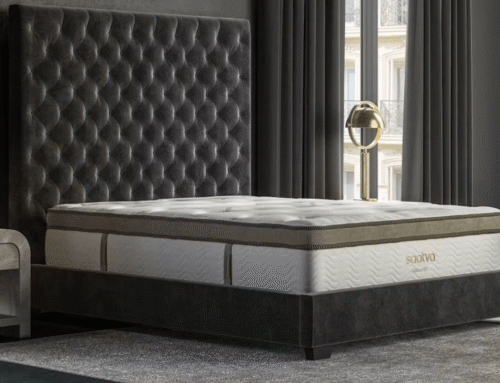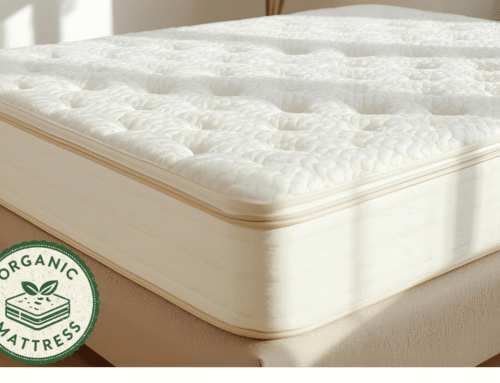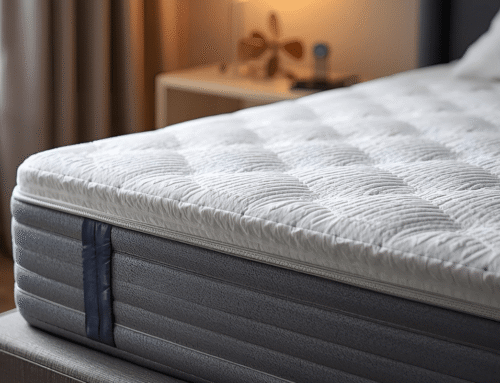Memory foam mattress provides contouring comfort but tends to trap heat. Traditional models often lack airflow, while gel memory foam is designed to feel cooler with added breathability. Mattress thickness also matters. Thicker beds usually hold more heat, while medium profiles paired with a good ventilation sleep cooler. The cost varies depending on these features, but even budget-friendly options can run warm without the right setup.
Memory foam tends to hold onto heat, especially through the night. People who deal with night sweats often say their mattress feels warmer than it should. The contouring support feels great, yet it’s easy to overheat without the right setup. Lightweight bedding and breathable sheets help, especially in warmer climates. Some use moisture-wicking pillowcases and say they reduce that sticky feeling. Others switch to bamboo or TENCEL sheet sets since those usually stay cooler to the touch.
This post walks through practical ways to cool down a memory foam mattress without spending too much. It covers affordable toppers and simple ventilation tips, and each idea comes from real experiences. The goal is to create a sleep setup that feels less stuffy and more breathable.
Key Takeaways
- Memory foam traps heat because it molds closely to the body and restricts airflow, which can make warm nights feel even hotter and more uncomfortable.
- A cooling mattress topper made from gel, copper, or latex adds a breathable layer that helps reduce sweat and keeps the bed more comfortable through the night.
- Lightweight sheets made of cotton or bamboo feel cooler and wick away moisture better than flannel or polyester, which is great for hot sleepers.
- A bed fan or mattress cooling system can improve airflow or circulate cooled water to help regulate sleep temperature more effectively.
- Rotating the memory foam mattress regularly and avoiding heat-trapping protectors helps maintain a cooler and fresher sleep surface night after night.
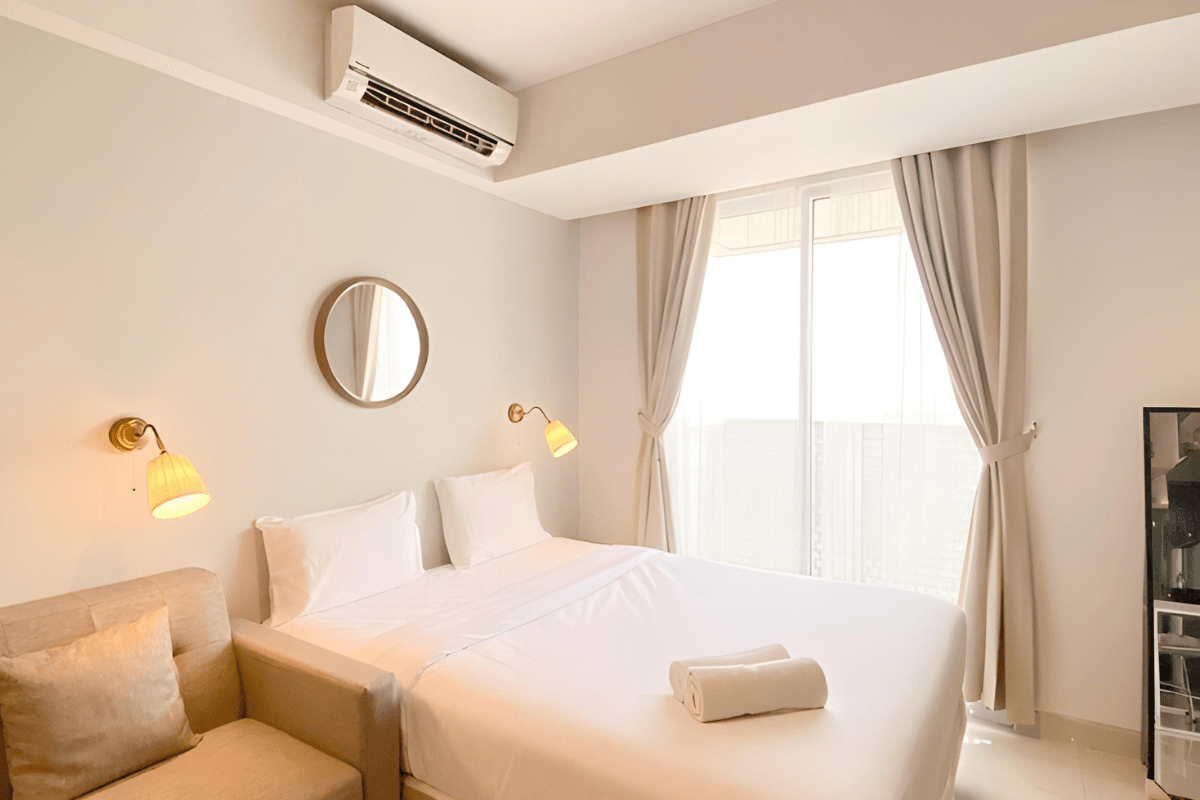
Why Memory Foam Gets Hot
Memory foam reacts to body heat by softening and molding to shape, which helps with pressure relief but can also trap warmth. The material holds onto that heat, especially overnight. Its dense structure blocks airflow, so there’s not much room for temperature to settle down.
People who sleep warm often notice this the most during hot nights or after layering thick blankets. The heat builds up and tends to linger through the night. Breathability plays a big role here, and traditional memory foam doesn’t offer much of it. Some try cooling sheets or fans, but those only go so far. Swapping to open-cell foams or gel-infused layers helped some find relief. Others just preferred hybrid beds with coils that allow better airflow and less heat retention.
New memory foam mattresses need at least 48 hours to fully expand and off-gas, which affects their comfort and temperature regulation. How often you rotate or replace your memory foam mattress also impacts its ability to stay cool and supportive over time.
Use a Cooling Mattress Topper
Cooling mattress toppers can really help with overheating during sleep. Some people notice a difference just by adding a gel-infused or copper-infused layer. It’s not a complicated fix, yet it can shift the overall feel of the bed.
Latex and open-cell foam tend to feel more breathable than traditional memory foam. Those who’ve tried them often describe fewer night sweats and less tossing around. The added airflow from these materials isn’t dramatic, but it’s noticeable enough to be worth mentioning. Some prefer graphite-infused options for that subtle cooling effect without the dense, heavy feel. The topper acts like a breathable layer between the body and the mattress, helping regulate temperature better. It won’t change the firmness too much, but it helps sleep feel more consistent through the night.
Switch to Cooling Sheets and Bedding
Not every sheet feels good on hot nights. Some fabrics trap warmth and feel heavy, especially synthetic blends or flannel. Cotton percale, on the other hand, feels crisp and lets air move through more easily. Linen tends to feel looser and lighter against the skin, which helps during humid nights. Bamboo sheets can stay cool and dry longer, especially for people who run warm or sweat during sleep. Tencel feels smoother than most and gives off a cooler sensation as soon as you lie down.
Swapping out heavier bedding for cooler fabrics often leads to better sleep. People who’ve tried breathable sheets tend to notice fewer wake-ups and less tossing. Hot sleepers or those in warmer climates usually prefer cooler options for staying comfortable all year.
Adjusting bedding can also complement efforts to make a memory foam mattress firmer while maintaining comfort. Regularly rotating or replacing the mattress helps preserve its support and prolongs its lifespan.
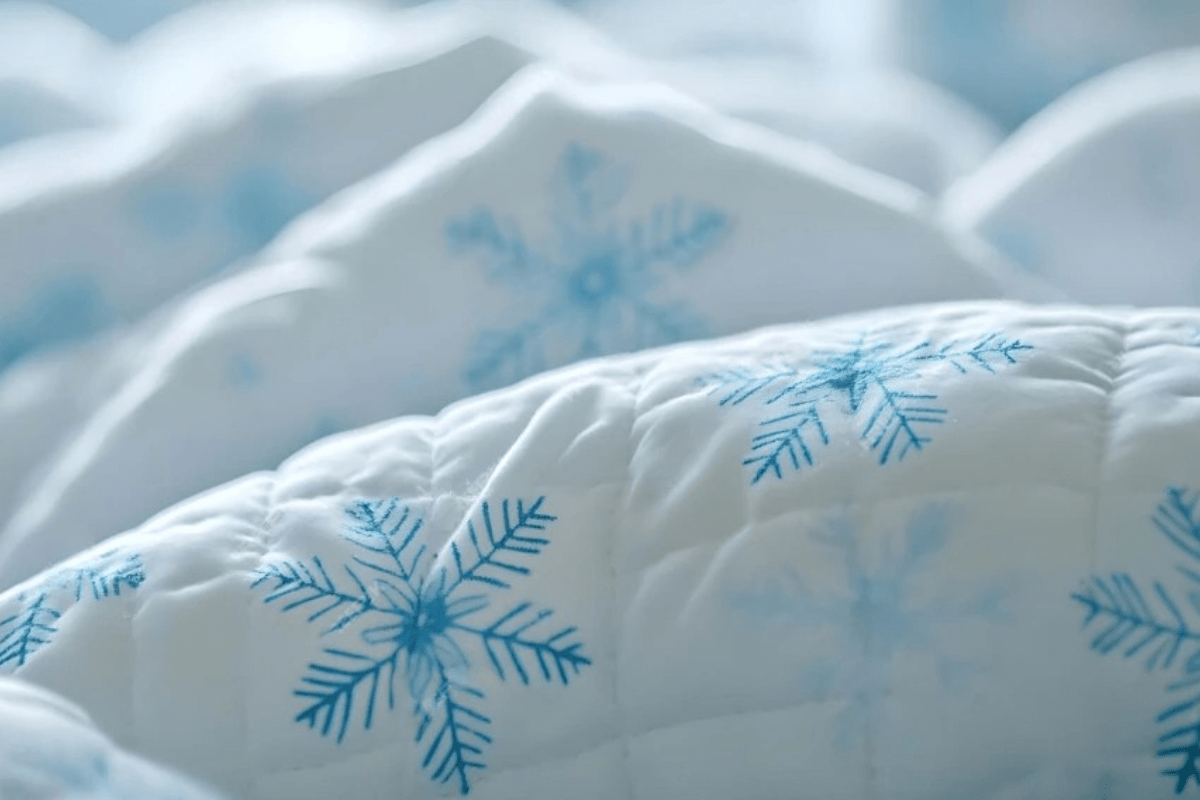
Add a Bed Fan or Mattress Cooling System
Some people want bed fans and water-cooled mattress systems after trying everything else to stay cool at night. These tools aren’t just about lowering the room temperature. They target the bed itself, which is where most of the heat builds up. The airflow or water circulation works underneath or inside the mattress and keeps things from feeling too stuffy.
BedJet and ChiliSleep Dock Pro are often brought up in sleep forums for a reason. Users like the way they allow personal control, especially helpful for couples who don’t sleep at the same temperature. Each side can stay comfortable without one person waking up sweaty or freezing.
The Eight Sleep Pod seems to attract tech-lovers who also want better sleep. It doesn’t just cool the mattress; it also tracks sleep and adjusts the temperature during the night. Not everyone likes the idea of an app-connected bed, though. Some just want simple airflow without all the extras.
Keep Your Room Cool
A hot room can mess with sleep more than most people realize. Some have tried switching mattresses or bedding, but the real issue was the temperature. Studies often recommend keeping the room between 60-67°F to support deeper, uninterrupted rest. Simple adjustments help more than expected. A quiet fan or ceiling fan keeps air moving, while blackout curtains cut down on sunlight during the day. Some open their windows at night to let in cooler air, especially during spring and fall.
Cooler air doesn’t just benefit sleep. It also helps the mattress stay comfortable longer. Warm rooms can trap heat in the surface, even in breathable beds. Those who stay cool at night tend to sleep faster and wake up feeling less groggy.
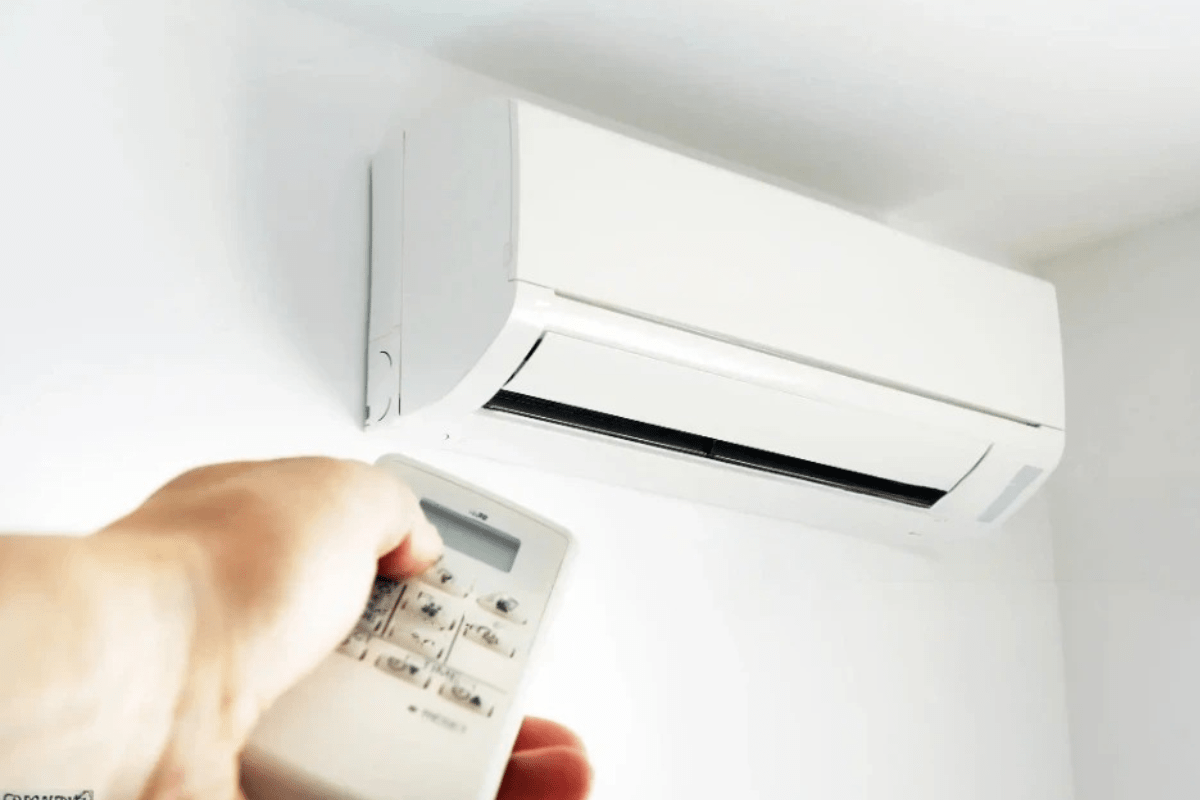
Try a Slatted Bed Frame for Better Airflow
Slatted bed frames tend to get overlooked, yet they can change how a mattress feels. Compared to solid platform bases, slats allow air to pass through more easily. This extra airflow can help reduce heat buildup, especially for those who sleep hot.
What also stands out is how well slats support moisture control. With better ventilation, the mattress dries faster from daily humidity and body heat. That helps prevent that stuffy, damp feeling some get in the mornings. Some even notice their mattress smells fresher over time since the airflow discourages trapped odors. It doesn’t just cool the bed, it keeps it feeling cleaner too. For people in humid areas or those using memory foam, this setup feels like a quiet improvement.
Since slatted frames allow for easier movement and compression, they make handling your memory foam mattress simpler when you need to move or compress it for storage or transport.
Flip or Rotate the Mattress (If Possible)
Some mattresses with older memory foam designs are flippable, especially those without a zoned or layered construction. Flipping them occasionally can reveal a firmer surface that sleeps cooler and feels more supportive over time. It’s a useful trick for extending the lifespan of beds that aren’t too advanced in build.
For most modern mattresses, flipping isn’t recommended due to their one-sided layering. Instead, rotating the mattress from head to toe every few months can do a lot. It helps distribute pressure more evenly and slows down those deep spots that form from sleeping in the same position night after night.
Fixing dips in a memory foam mattress is often tied to regular rotation, which helps prevent and minimize uneven wear. Sleeping on a bed that’s been rotated feels a little fresher, especially for those dealing with sore backs or hips. Regular rotation keeps the feel more consistent and helps prevent one side from feeling worn out too soon. Some people notice better temperature regulation too since impressions tend to trap warmth.
Rotating the mattress regularly and replacing it at the right time are key factors in maintaining comfort and support. Memory foam mattresses have a typical lifespan, and knowing when to rotate and eventually replace your mattress helps ensure you get the best sleep experience over time.
Remove Mattress Protectors That Trap Heat
Some mattress protectors feel more like plastic wrap than bedding. They may help with spills, but sleeping on one can get uncomfortably warm. The thicker or more waterproof the material, the more it seems to trap heat throughout the night. Cotton protectors feel lighter and more breathable, especially for those who run warm. Bamboo blends have also worked well for people who tend to wake up sweaty. Tencel offers a soft, smooth texture that stays cooler than traditional polyester options.
“Cooling” or “breathable” tags aren’t just for marketing. They often mean the protector doesn’t hold onto heat. Some find that switching to these materials helps them stay asleep longer. It’s worth trying something new if sleep keeps getting interrupted.
When removing heat-trapping protectors, it’s also a good opportunity to address mattress hygiene, especially after spills or night sweats. How to get urine out of memory foam mattress, how to get stains out of it easily, how to clean it, and how to dry it all become important steps in keeping your bed fresh and comfortable.
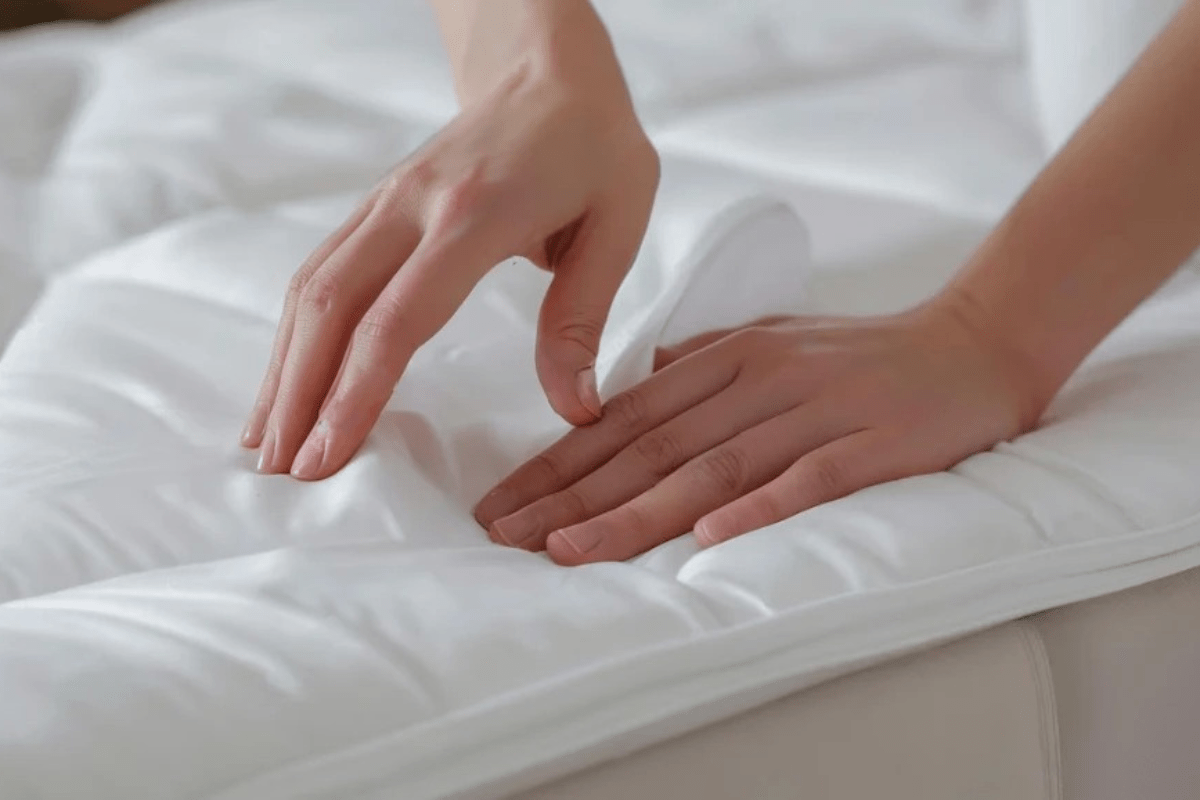
Use Lightweight Blankets and Comforters
Thick comforters or heavy duvets tend to trap heat and can leave people feeling uncomfortably warm at night. Lightweight blankets or comforters filled with breathable materials offer a cooler sleeping experience. Natural fibers like cotton, bamboo, and eucalyptus are often preferred because they allow better airflow.
Down alternative fills provide warmth without excessive weight, making them a good option for those who want comfort without overheating. These materials usually wick moisture well, which helps maintain a balanced temperature throughout the night. Using breathable fabrics can contribute to a more restful sleep by preventing heat buildup.
Polyester blends, on the other hand, often trap heat and reduce airflow, which might cause discomfort during warmer nights. Opting for natural or specially designed cooling fibers supports a more comfortable sleep environment. Overall, lightweight bedding choices tend to improve comfort by keeping temperatures more regulated.
Final Thoughts
Sweaty nights do not have to be part of the memory foam mattress experience. Using breathable materials and focusing on airflow helps keep the mattress feeling fresh and comfortable. Combining these with simple adjustments creates a noticeably cooler sleeping environment.
Smart technology is also important in temperature regulation by adapting to body heat and enhancing breathability. Cooling mattress covers or breathable sheets add another layer of comfort that supports cooler nights. These small changes often bring a real difference without drastic measures.
Trying one or two tips at a time allows for easy experimentation without overwhelming adjustments. Over time, these tweaks transform the way a memory foam mattress feels and help avoid the heat that often comes with this type of bedding. Cooler sleep becomes possible through thoughtful choices and simple solutions.
For those making long-term changes or replacing their bedding setup, it’s also helpful to understand how to store a memory foam mattress and how to dispose of it.

